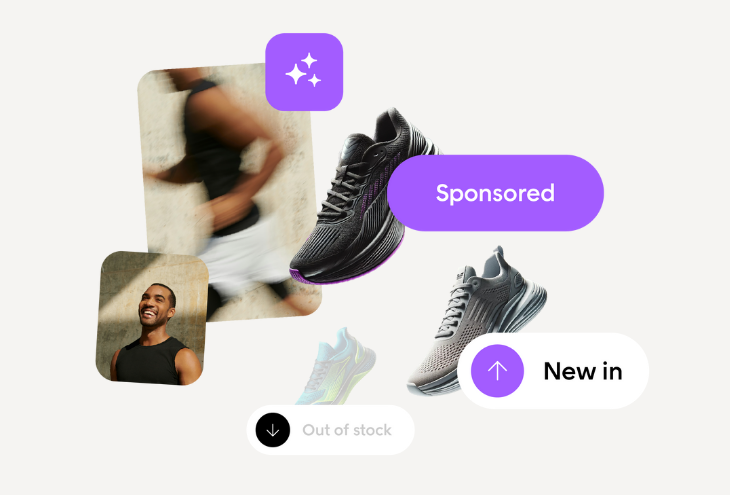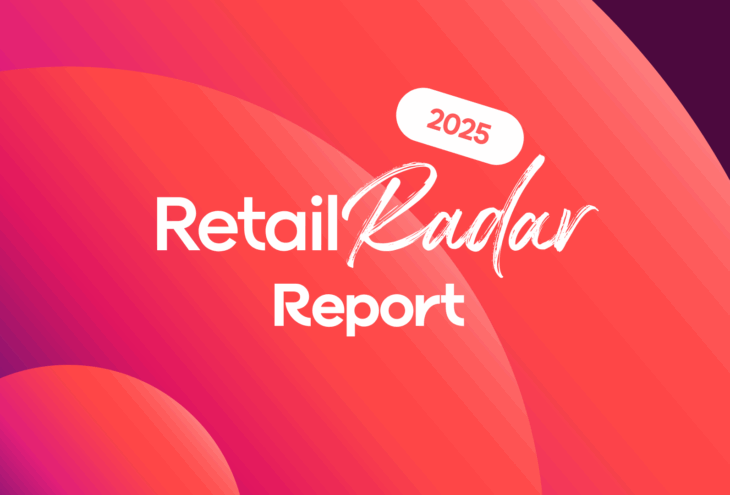Get a demo
of Voyado
We love all things customer and product data, and would love to chat about your brand’s individual challenges, and how our solutions can help.
- Understand your customers by tracking behaviors.
- Offer instantly relevant product recommendations and search.
- Automate it! Emails, SMS, social connect, push notifications and more.
 Voyado Engage
Voyado Engage  Voyado Elevate
Voyado Elevate  Powered by Bonnie AI
Powered by Bonnie AI 





